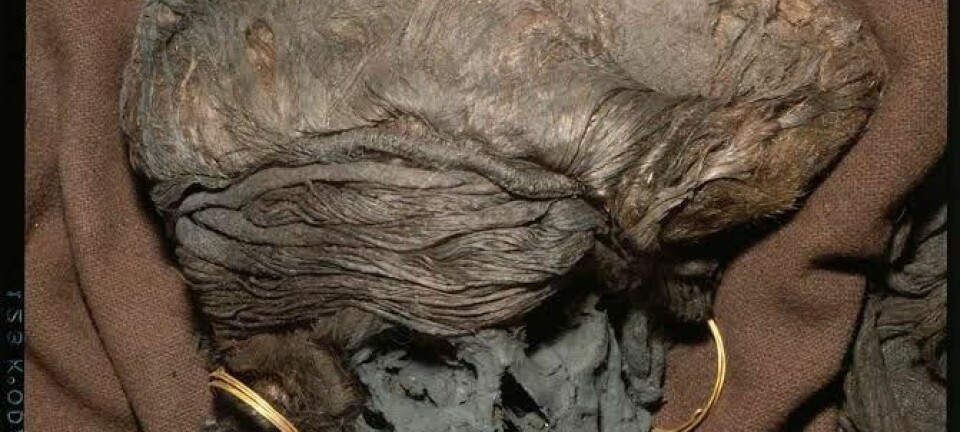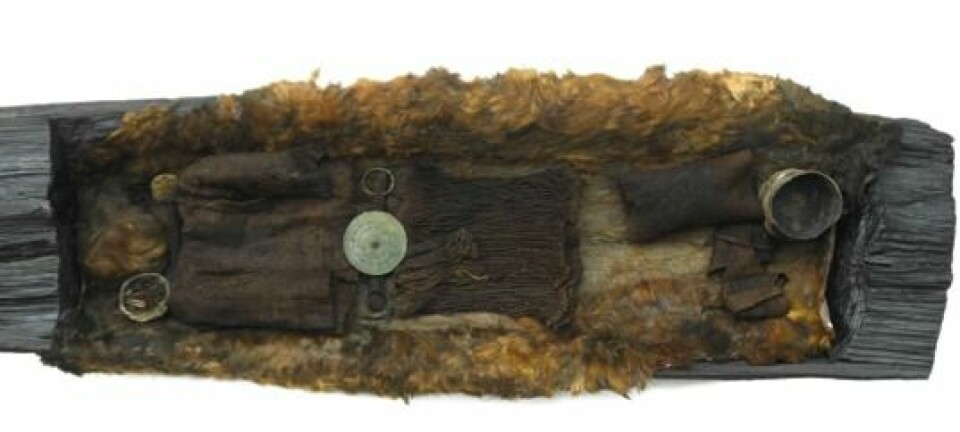
Bronze Age traders brought new animal species to Denmark
People have unwittingly influenced the spread of foreign animals for more than 2,000 years.
People have been influencing the distribution of animals on land ever since they began trading over large distances by water.
On the Danish islands of Lolland and Falster lives a tiny mouse – the Danish striped field mice – which turns out to be one of the earliest examples of how people unintentionally introduced foreign species into the Danish countryside.
The little mouse had long been considered exclusive to Lolland-Falster, so when biologist Thomas Secher Jensen from the Natural History Museum of Denmark discovered one in West Denmark, he was naturally astonished.
“I thought ‘where on earth did this come from?’ Was it a stowaway on a German caravan or what?”

Read More: Viking sailors took their cats with them
Mouse followed people
It is well known that animals spread around the world with humans. The house mouse followed people all the way from India and arrived in Europe (Germany and Poland) approximately 7,000 years ago, reaching Denmark around 2,000 years later--but this mouse has always lived among people and depends on them for their survival.
The striped field mouse, however, lives independently of people, making it particularly interesting to learn that we had helped them along their travels.
Originally from the steppe region of East Europe, the striped field mouse thrives in agricultural regions and became widespread in Europe and Asia as arable farming expanded.
In Denmark it is found almost exclusively on the islands of Lolland and Falster where it is the most common species of mice.
So when an isolated population ‘suddenly’ showed up in Jutland in West Denmark, scientists wanted to know where they had come from.
The results are now published in the Royal Society’s Biology Letters.
Read More: Why Danish Vikings moved to England
DNA reveals their family history
By isolating the mitochondrial DNA, scientists could extract detailed information about the history of the striped field mouse.
Scientists have already used this method to produce detailed descriptions of both people and house animals, as well as some wild animals such as house mice.
Using this method, scientists have now mapped the ancestry of the striped field mouse in far more detail than was previously possible, revealing new insights into their distribution and migration, says co-author Liselotte Wesley Andersen, senior scientist at the Department of Bioscience at Aarhus University, Denmark.
Read More: A Bronze Age grape shakes up history
Striped field mouse hitched a ride to Denmark
DNA analyses revealed that both the West Danish and the Lolland-Falster mice were closely related, but had gone their separate ways sometime between 100 and 670 years ago. They could also see that the mice did not make it to West Denmark on a German caravan.
The study cannot say which of the groups of mice were the first to arrive in Denmark. But according to Jensen, it is likely that the larger populations on Lolland-Falster arrived first and that at some point a group of them stowed away on a horse-drawn carriage or perhaps a train.
Read More: History rewritten: Europeans were “born” in the Bronze Age
Came to Lolland-Falster with people
The scientists could also conclude that the striped field mouse first came to Denmark sometime between 1,000 and 4,200 years ago, begging the question of how the little mouse made it to Denmark in the first place?
One theory is that the mouse migrated when the islands were still a part of the European mainland. But Lolland-Falster became an island around 8,000 years ago, and so the timing does not match.
Another possibility is that they travelled over the Baltic Sea. But they could only have done so with the help of humans.
Read More: Another female Bronze Age icon is now known to have travelled across Europe
Trade and ships in the Bronze Age
This was happening during the time that Denmark left the Stone Age behind and entered the Bronze Age, says Anders Rasmussen, a curator at the Museum Lolland-Falster, who was not involved in the new study.
The Bronze Age is well-known in Denmark as a period of trade with people south and east of the Baltic Sea, and boats were their most important form of transportation.
“Boats in the Bronze Age were big enough that these animals could’ve stowed away,” says Rasmussen.
Lolland-Falster are naturally placed as the location for the introduction of these furry passengers, since it was a natural stop-off for trade with Central Europe.
------------------------
Read more in the Danish version of this story on Videnskab.dk
Translated by: Catherine Jex










